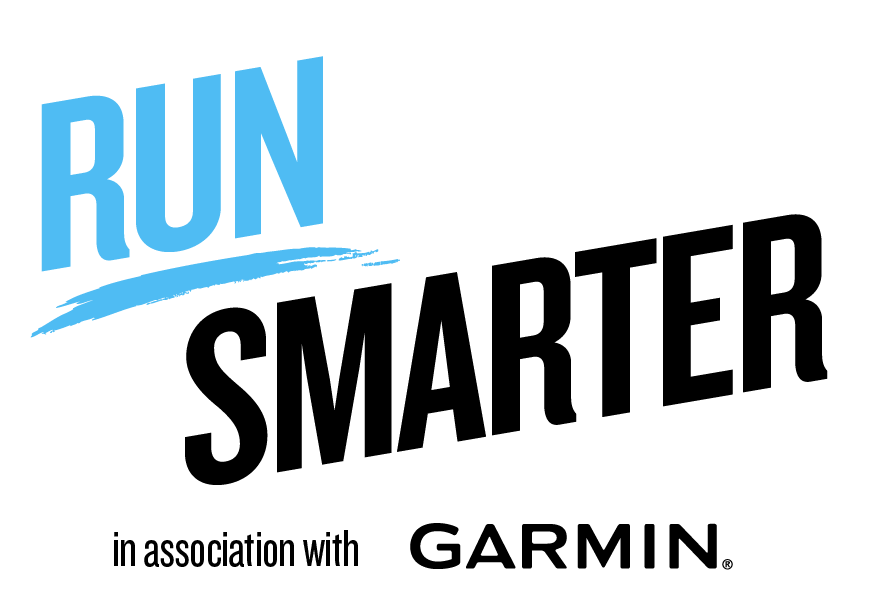You’re probably running your easy miles too fast — here’s how to pace yourself
We asked two running coaches to share their secrets

Eliud Kipchoge is the fastest man in the world — at his 1:59 marathon in Vienna, he ran consistent splits between 2:48 min/km, and 2:52 min/km (around a 4:30 min/mile), yet when the Kenyan runner heads out for his training miles, his pace drops considerably. Clocking around 200km a week, the Kenyan runner does a lot of his miles at an ‘easy’ pace of 4:00-5:00 min/km, or 6:26-8:03 min/miles. So how slow should you be doing your easy miles? We asked two running coaches to find out more.
Easy miles form the backbone of most training plans, whether you’re training for a 5K, or a marathon. When running easy, slower miles, you will use mostly slow-twitch muscle fibers, which are important for building endurance. You’ll also work on your cardiovascular strength, which is essential for all runners, no matter how far you plan on running.
Whatever you’re training for, getting the right kit is essential. We’ve tested the best running shoes on the market here, as well as the best running watches for helping you keep an eye on your pace as you clock up the miles.

How fast should you be running your easy miles?
“Easy runs are also your recovery runs, chatty miles or slow kilometres. They are exactly what they suggest — easy — and will be significantly slower than your interval or tempo pace,” says Coach and Olympian, Steph Davis. “Compared to your 5k pace, this should be around 60s slower per km. For example, someone who can run a 25-minute 5k at 5mins per km, should run slower than 6mins per km for their easy runs,” adds Runna Head Coach Ben Parker.
Both coaches advise you to listen to your body when heading out for an easy run, as some days will feel easier than others depending on the surface you are running on, how well you’ve slept, and how well you’ve fuelled your body the day before.
“Easy runs should be done on feel, keeping it comfortable, conversational and ensuring your effort is less than a 5/10 on the RPE scale,” adds Davis. (RPE scale is the Rated Perceived Exertion scale, and is a self-reported scale from 0-10 to rate how hard you found an activity). “If a flat-out max effort sprint is a 10, a 2-3 is a gentle walk, we should be looking to find an easy run around the 5 mark,” Parker explains.

What does a ‘chatty’ or conversational pace mean?
When referring to easy miles, a lot of training plans will talk about doing your miles at a ‘conversational’ pace. But what does this mean, and how do you measure if you’re running alone?
Get instant access to breaking news, the hottest reviews, great deals and helpful tips.
“This is a way to describe a level of intensity desired for our easy running,” Parker explains, “if running easily we should be able to chat and run at the same time — if we were going faster we would be too out of breath to chat simultaneously.”
What about those days when you’re lacing up and heading out alone? “Use your breath,” Davis advises. “If your breathing is heavy, loud, and fast, then you are probably going too hard.”
Are there other ways of measuring how ‘easy’ miles are?
Of course, lots of runners set out with a running watch or one of the best fitness trackers strapped to their wrists, which can be a fantastic tool for helping you pace your easy miles. Using a pace calculator on the internet can help you establish your easy running pace, but another key metric to keep an eye on is your heart rate.
“During an easy run, we’d aim to keep this in zone 1 or 2,” explains Davis. Running watches like the best Garmin watches and the best Apple watches will determine your heart rate zones for you, once you’ve had them on your wrist for a while and used them for a few activities. No matter what tracker you’re wearing, zones one and two will be easy, at no more than 60-70% of your max heart rate.

Why are easy miles important, and what are the dangers of running them too fast?
“Running is very stressful on the body, we’re essentially jumping up and down and moving forwards, this is hard on our joints, tendons, ligaments, and muscles. If we run hard all the time we’ll cause too much stress on the body and likely lead to injury,” Parker explains. Recovery is essential, whatever you’re training for, so it’s important to think of your easy runs as a form of active recovery. The slower, the better.
The danger of running too fast on easy days is that it might actually make you slower on race day. Not only does running too fast increase your risk of picking up an injury or delaying recovery, but “it’ll also hinder your performance and progression over time”, Parker explains. If your body doesn’t have time to recover and adapt between hard sessions, you won’t be able to run with good form or keep up with the other runs on your training plan.

What about the other miles on your training plan?
Talking of those ‘other’ miles, what should they look like? “We should spend a portion of our time running at speed”, Parker explains. “This is often referred to as the 80/20 rule whereby we spend 80% of our time running easily and 20% of our time running with intensity. Of the 20% of time running at speed, this should be made up of our ‘interval workouts’, ‘tempo sessions’ and depending on your goal ‘hill sessions’. Intervals are where we run very fast for a short period of time and take rest between, the tempo sessions are similar in however we would run slightly slower and for longer periods of time compared to our interval workouts. Intervals will help improve our top speed whereas our Tempo workouts will increase the length of time we can run at these faster speeds.”
Look for a running plan that has a combination of sessions, but remember, running your easy miles too fast might derail your long-term training goals. Turns out slow and steady does win the race!

Ben has spent 6+ years as a professional running coach, helping everyone from beginner runners to elite athletes. Ben is also a certified England Athletics Coach, IRONMAN Coach, Personal Trainer and Pilates Instructor as well as being one of the founders of Runna.
In his spare time, Ben is a keen athlete himself and competes within his age group at IRONMAN events with multiple finishes. He also enjoys ultramarathons whilst holding a Marathon PB of 2:34. Ben also recently qualified for the IRONMAN 70.3 World Championships.

Steph was Team GB's fastest marathon runner at the Tokyo 2020 Olympic games, so she knows a thing or two about running! Steph's first marathon was the 2018 Berlin Marathon and since then, she's gone on to run a time of 2:27:16 from when she won the 2021 UK Olympic Marathon Trials.
Steph is a sponsored Adidas athlete and balances her training alongside her coaching. She loves coaching athletes of all abilities from 5k to ultra marathons.
More from Tom's Guide
- A beginner's running plan — a plan that will get you running for 30 minutes, in six weeks
- Best running watches 2023
- Garmin Forerunner 255 vs Forerunner 265 — which is best?

Jane McGuire is Tom's Guide's Fitness editor, which means she looks after everything fitness related - from running gear to yoga mats. An avid runner, Jane has tested and reviewed fitness products for the past five years, so knows what to look for when finding a good running watch or a pair of shorts with pockets big enough for your smartphone. When she's not pounding the pavements, you'll find Jane striding round the Surrey Hills, taking far too many photos of her puppy.
